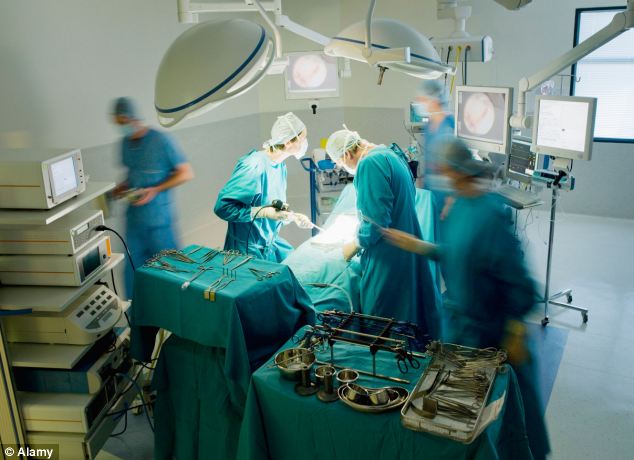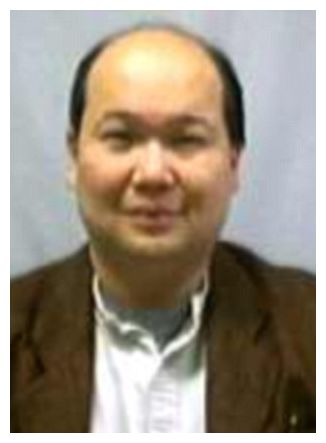
Patients in life-saving operations could be up to 30 times more likely to die than others depending on their surgeon.
For the first time the NHS is to publish the death rates of doctors performing operations to repair major blood vessels and prevent strokes.
The figures are in a report due to be released today on the NHS Choices website. But last night there was speculation that its publication could be halted by legal challenges from some hospitals.
Previously experts have warned that publishing death rates will discourage surgeons from carrying out operations on patients most at risk of dying - such as the elderly.
Over the next few weeks, however, officials intend to release the mortality rates of surgeons performing nine other types of procedures in the hope that it will help patients choose where to have their operations done.
The figures, due to be released today, cover operations between 2008 and 2012.
They show a huge variation between the death rates of the 450 doctors in England who carry out vascular surgery - repairing blood vessels - mainly on the over-65s.
One recorded a death rate of 31 per cent - ten times the national average and 30 times higher than some of his colleagues.
Sixteen other doctors have death rates higher than ten per cent - three times the average.
The surgeons who performed the least number of operations tended to have the highest death rates, suggesting they suffered from lack of practice.
The figures cover two types of operation for conditions which would be fatal if left untreated - the repair of abdominal aortic aneurism (AAA) and a carotid endarterectomy.
An abdominal aortic aneurism occurs when there is a bulge in the main blood vessel going from the heart to the abdomen which can burst causing major internal bleeding and death.
A carotid endarterectomy is an operation to widen the carotid artery in the neck to prevent strokes.
More than 10,000 patients have one of these two operations each year and they are deemed relatively safe with just 3 per cent of patients expected to die.
But one surgeon, Simon Payne, who is based at Portsmouth Hospitals, has a death rate of 31 per cent.
Irfan Akhtar, based at Sherwood Forest Hospitals in Nottinghamshire, had a mortality rate of 22.2 per cent, and Philip Chan, of Sheffield Teaching Hospitals, 18.2 per cent.
Experts said it would be 'highly misleading' to rank the surgeons by their death rates as they could partly be down to chance.
Mr Payne carried out only 16 operations in the five-year period, and Mr Akhtar only nine. Others with much lower rates had carried out between 50 and 100 procedures over the same time frame.
The figures will also be influenced by the age and frailty of patients - the elderly will be less likely to survive - but NHS officials have tried to take this into account. Intriguingly, six surgeons refused to provide their figures to the NHS claiming it would breach data protection laws.

The figures also show that patients in some parts of the country are waiting three months for life-saving surgery after first reporting symptoms to their doctor.
Average waiting times for patients needing either type of operations at Wrightington, Wigan and Leigh NHS Trust in Greater Manchester was 92 days compared with just five days at Barts Health Trust in east London.
Professor Julian Scott, president of the Vascular Society, which compiled the figures for the NHS, said it was difficult to compare surgeons as they often worked as part of a team during operations.
'As a result, unit or hospital-level data may be a better guide to quality as it reflects the results of the surgical team far better.'




Reader Comments
to our Newsletter